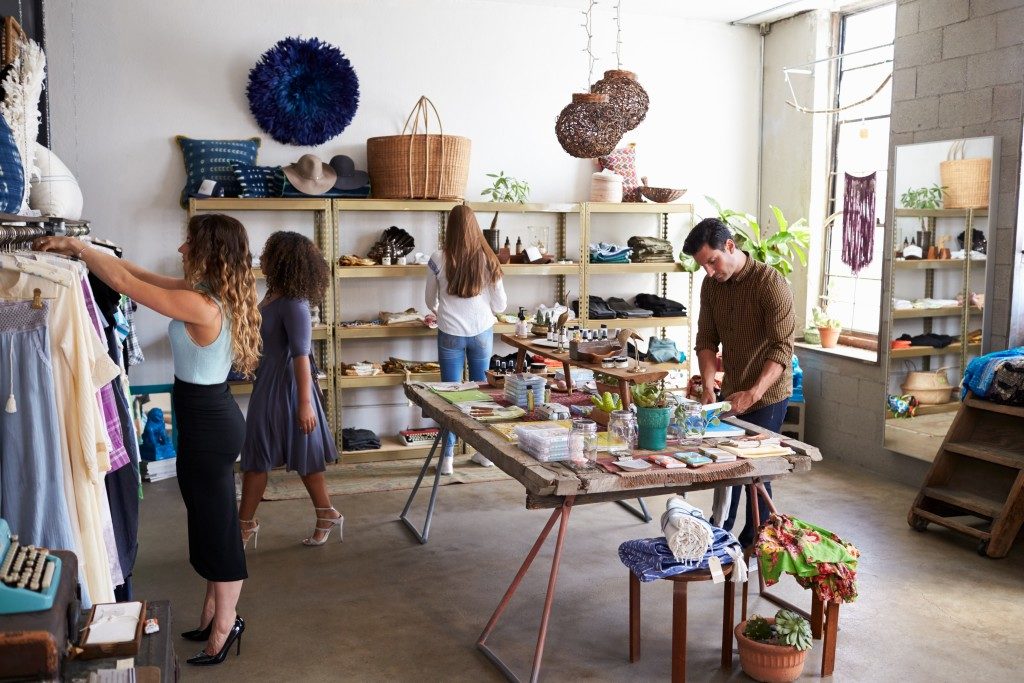The way a shop is designed and arranged has a significant contribution to its sales. Attracting customers and shoppers to your store goes beyond just offering low prices. In fact, you may be surprised to find out that a shop, whose commodities are priced higher than other stores, is experiencing more customers and increased sales. It all comes down to the shopping experience that you create for your customers.
Commodity Displays
The way items are displayed in your shop is a significant aspect of boosting your sales. It should be done in a way that stimulates impulse buying. Using shop display shelving units, for example, allows for the maximum utilisation of the available floor space while still ensuring that the commodities remain visible to the shoppers. You may opt to acquire generic units or customised ones. Customised units are often tailored to the size and shape of the retail space, which allows for a better presentation. Customisation also allows you to dictate the arrangement of commodities around your shop. Also, it is important to ensure that the store arrangement you settle for does not congest the shop. Customers should be able to move freely around the shop even when pushing trolleys.
Visual Appeal

There is a psychological aspect to making the decision to purchase an item. Sometimes, the decision may arise from an ongoing need to satisfy a want. Other times, the decision may be impulsive. As a shop owner, your main goal is to increase your sales and the need to exploit the decision-making process of a customer. It has been proved time and again that buyers are more likely to walk into a shop that is visually appealing as opposed to one that appears plain. As such, shop owners may consider painting their shop’s walls in attractive colours. Be creative with the decorations. You may opt to paint the walls or cover them in wallpaper. Also, consider painting the outside walls. The goal is to capture the customers’ attention even from a distance.
Proper Customer Care
Customer care is an essential element of any business. It is even more important when dealing with a retail store. Retail stores are characterised by regular interactions between the buyers and attendants. The attendants are required to possess essential interpersonal skills. From the time a customer walks through the shop’s front door, they expect to be treated with courtesy. The attendants should be willing to assist the customers. They may help the customers compare similar products or even determine the prices of different commodities. When a customer feels that they are treated right, they are more likely to go back to the same store next time. The opposite is also true. Uncouth behaviour when handling customers is likely to send them away, hence reducing your sales.
When looking to arrange your shop, be sure to personalise it. You want to think of it as a canvas and be creative. Seek to create a unique and better shopping experience for your potential customers.



